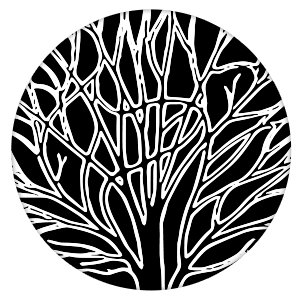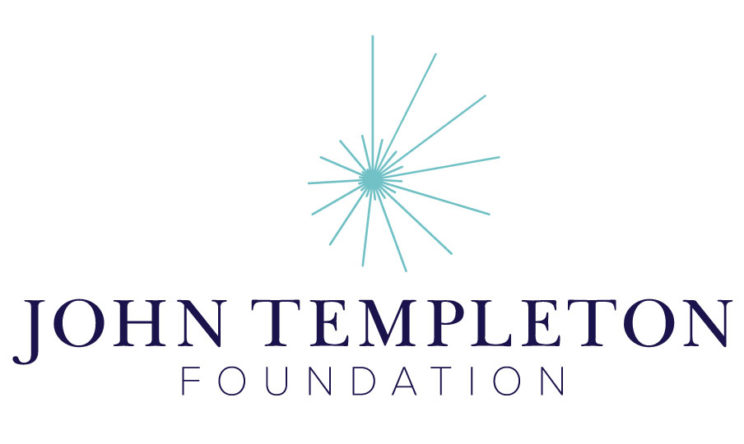Foundations of Cultural Evolution
Lecture 10: Does culture influence prosociality?

Mechanisms of group selection
Being kind, generous, and charitable to strangers at the expense of individual welfare is an evolutionary puzzle. What selective mechanisms are there that promote self-sacrifice among strangers?
Fortunately over the last half-century a number of cogent explanations have been formulated revolving around genetic, cultural, and behavioral structure in populations. Unfortunately, the explanations derive from models that give different and perhaps competing accounts for the same observation. Clarity arrived when George Price derived a general-purpose formulation of evolution that made the mechanisms and their assumptions clear. This module is about this formulation: the Price equation.
References cited
Bell, A. V., Richerson, P. J., & McElreath, R. (2009). Culture rather than genes provides greater scope for the evolution of large-scale human prosociality. Proceedings of the National Academy of Sciences, 106(42), 17671-17674.
Handley, C. and Mathew, S. Human large-scale cooperation as a product of competition between cultural groups. Nature Communications 11, 702 (2020).
Price, G. R. (1970). Selection and covariance. Nature, 227(5257), 520-521.
McElreath, R., & Boyd, R. (2008). Mathematical models of social evolution: A guide for the perplexed. University of Chicago Press.
Additional readings about cultural group selection
Muthukrishna, M., Bell, A. V., Henrich, J., Curtin, C. M., Gedranovich, A., McInerney, J., & Thue, B. (2020). Beyond Western, Educated, Industrial, Rich, and Democratic (WEIRD) Psychology: Measuring and Mapping Scales of Cultural and Psychological Distance. Psychological Science.
Richerson, P., Baldini, R., Bell, A. V., Demps, K., Frost, K., Hillis, V., ... & Ross, C. (2016). Cultural group selection plays an essential role in explaining human cooperation: A sketch of the evidence. Behavioral and Brain Sciences, 39.
This project was supported by Grant #61105 from the John Templeton Foundation to the University of Tennessee, Knoxville (PIs: S. Gavrilets and P. J. Richerson) with assistance from the Center for the Dynamics of Social Complexity and the National Institute for Mathematical and Biological Synthesis at the University of Tennessee, Knoxville.

The Cultural Evolution Society's Online Learning Tutorial Series is licensed under a Creative Commons Attribution-NonCommercial-ShareAlike 4.0 International License. For designers' contact information, click here.



